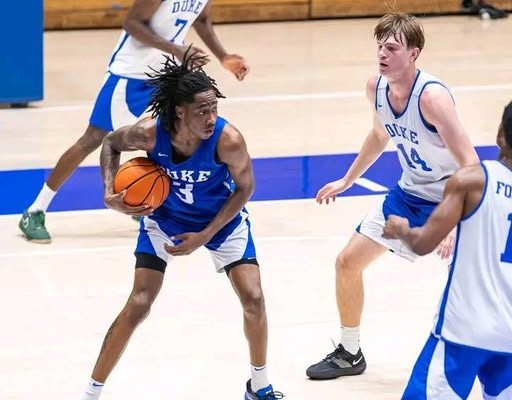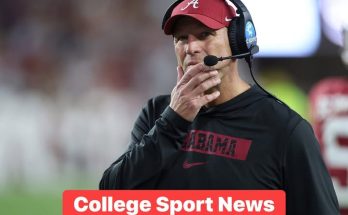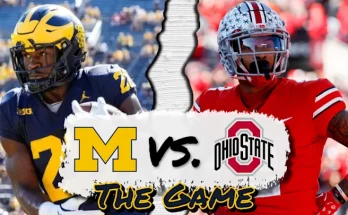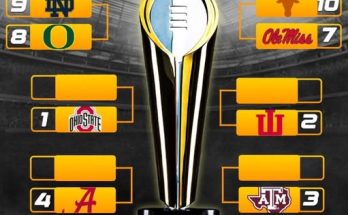“New Year. New Roster. New Identity?” — That was the buzz surrounding Duke men’s basketball heading into the 2025-26 season. After a high-profile recruiting haul and the departure of several veteran contributors, it felt like the program had finally entered a hard reboot. Fresh faces, fresh energy, and maybe even a whole new direction. But now that the Blue Devils are back in the gym for official practices, that popular narrative is taking an unexpected turn. Rather than slow adaptation and “learning the Duke way,” these new players are making waves early — some even pushing returners out of their comfort zones. Practice reports are overflowing with intensity, competitiveness, and something that feels a lot like continuity. So the question that once loomed large has evolved: is this really a rebuild? Or is this an elite-level reload hiding in plain sight?
From the moment practice tipped off, the energy felt different — but not in the way people expected. Head coach Jon Scheyer didn’t walk into a quiet gym filled with deer-in-headlight freshmen and unsure transfers. Instead, he walked into battles. Not scrimmages. Not drills. Battles. Word out of Durham is that day one felt more like midseason form than a September tune-up. And while part of that is due to the returners — including captain Tyrese Proctor and veteran big man Ryan Young — much of the buzz centers around how quickly the newcomers have asserted themselves. What was supposed to be a transition is starting to look like a transformation that’s already in motion.
Five-star phenom Isaiah Evans was thought to be more of a long-term piece. An elite scorer, yes, but raw in other areas. That “raw” label? It’s gone. According to team insiders, Evans has been lighting up scrimmages, drawing double teams in practice, and bringing a swagger that Duke fans usually don’t see from a freshman until conference play. His fearlessness on offense, combined with a growing commitment to defensive responsibilities, has turned heads in every session. And he’s not alone. Transfer guard Jeremy Roach — yes, a familiar name back in Durham after reconsidering the NBA draft — has been raving about how these new guys “get it.” In his words: “They’re not waiting their turn. They’re taking their shot.”
Coaches love it. Teammates respect it. But maybe most importantly, the culture of expectation at Duke isn’t buckling under the influx of new faces — it’s expanding to include them. That’s why what we’re seeing might not be a full identity shift after all. Because even as new players make their mark, they’re doing so within the very same competitive framework that’s defined Duke basketball for decades. The rookies aren’t tearing down the system. They’re plugging into it like they were born for it.
Practice intensity is peaking earlier than usual. Jon Scheyer’s staff had mapped out a patient progression, expecting growing pains and chemistry-building delays. They’ve since adjusted the schedule to account for how sharp the team already looks. The ball is moving faster than it did last year. Communication on defense is louder, more synchronized. There are moments — stretches of five-on-five — where you’d think this core had been playing together for two or three seasons, not two or three weeks.
That level of cohesion wouldn’t be possible without veteran leadership. This is where the so-called “reload vs. rebuild” debate gets complicated. The vets aren’t getting pushed aside. They’re setting the tone. Proctor, now a junior, has taken ownership of his role as floor general and vocal leader. His decision to return for another season wasn’t just about draft stock — it was about legacy. And he’s playing like it. Every pass has purpose. Every possession starts with his voice. He’s been instrumental in getting the newcomers up to speed — not by coddling them, but by demanding more.
The relationship between the older and younger players has become the beating heart of this squad. No cliques. No silos. No egos. It’s a shared mission, and that’s rare in modern college hoops, especially with NIL money and transfer portal movement creating new dynamics. Duke’s culture is holding firm. Not because the program resists change, but because it knows what matters most — and it’s passing that wisdom on, one competitive rep at a time.
It also helps that Scheyer seems more comfortable in his role than ever before. His presence in practice is authoritative but empowering. He’s not barking orders as much as he’s refining decisions. Observers note he’s letting players play through mistakes more, trusting that the internal accountability will correct errors faster than any timeout rant ever could. And that trust? It’s paying dividends. Players are communicating, correcting, and calibrating on their own — a sign of maturity and belief.
Even more intriguing is the impact of transfer additions. Duke didn’t just land high school stars — they snagged experienced college players who are ready to win now. That blend has made drills more intense, rotations more competitive, and the margin for error tighter. Sophomore wings like Caleb Foster are reportedly taking huge leaps, challenged daily by both incoming talent and veterans who know what it takes to win in March.
So where does this leave the question of identity? If you expected Duke to reinvent itself, you might be surprised. The identity isn’t new. It’s just louder. Faster. More confident. The same foundational values — effort, defense, unselfish play, brotherhood — are intact. But the execution is sharper. The hunger is more visible. And the balance between youth and experience might be the most dangerous weapon of all.
Last year’s squad dealt with uneven shooting and sluggish stretches of offense. This team, even in early practices, is shooting the ball better. Not just from beyond the arc, but in midrange and in transition. The pace is quicker. The guards are pushing the ball with urgency. Conditioning has clearly been a point of emphasis in the offseason, and it shows. Intra-squad scrimmages have seen 90-point outputs, with multiple players scoring in double figures. It’s controlled chaos, and it’s beautiful.
Defense — always a litmus test in Duke’s gym — is back to being a point of pride. The team has emphasized lateral movement, help-side awareness, and transition recovery with religious intensity. Younger players aren’t just expected to keep up. They’re expected to lead. And so far? They are. One coach reportedly said, “This group defends like they’ve been here for years.” That speaks volumes.
Still, with all the excitement, there’s a reality check baked into the DNA of the program. Practice intensity doesn’t always translate to game wins. There will be setbacks. There will be growing pains. But the early returns suggest that Duke isn’t going to limp into the season and “figure things out” in January. They’re starting sharp. They’re demanding excellence now. And that makes them very, very dangerous.
There’s something poetic about how this transition is unfolding. It’s not a teardown. It’s not even a transformation. It’s a continuation. A baton pass. The old guard isn’t holding onto the past — they’re lifting the next wave onto their shoulders. And the new faces aren’t waiting for permission — they’re seizing their opportunity with a maturity that belies their age. That kind of synergy doesn’t happen by accident. It happens when the culture is real.
So is this a new Duke? Maybe not. Maybe it’s just Duke at its best — the version that retools without missing a beat, that grows sharper through internal pressure, that welcomes talent without sacrificing togetherness. And if practice is any indication, the rest of the college basketball world might not be ready for what’s coming.
Because this doesn’t feel like a rebuild. It doesn’t even feel like a reload. It feels like a revival — and it’s starting before the first whistle of the season even blows.



